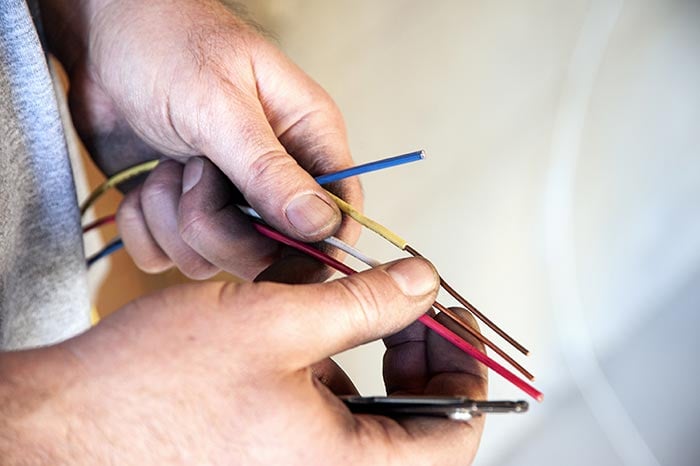Hi There
Firstly, I have a EASun 3kv 24v all in one.
The only thing I've noticed is, it can only take a 32mm cable (or 2 AWG cable) into its input.
Ideally, from all the reading in these forums, sounds like 0 AWG would be alot better fit.
So question - What do others do. This is the same connectors on the MPP etc. so what everyone else do?
Also the daly 250a BMS only has 2AWG cable anyway. so it there any point in going larger?
Thanks in advance.
Firstly, I have a EASun 3kv 24v all in one.
The only thing I've noticed is, it can only take a 32mm cable (or 2 AWG cable) into its input.
Ideally, from all the reading in these forums, sounds like 0 AWG would be alot better fit.
So question - What do others do. This is the same connectors on the MPP etc. so what everyone else do?
Also the daly 250a BMS only has 2AWG cable anyway. so it there any point in going larger?
Thanks in advance.





